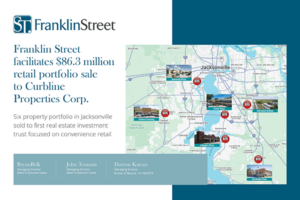In the insurance world, the term “commodity” is often thrown around, but ultimately reviewing your policies through that framework can leave you holding the bill for a large claim you never intended to take on alone. While price is king in many people’s eyes, insurance agents and brokers are also aware of that – and often times are able to remove certain coverages to lower their cost of coverage. However, do you know what you’re leaving on the table from a risk perspective?
As with anything in life, the cheapest option is often not the best option from a value perspective. When choosing between multiple options, vetting out the reasons why there is a cost difference can go a long way once its time to file your claims.
Deductible manipulation, coverage exclusions, and material provisions/exclusions based upon information that should have been disclosed to the carrier during the underwriting process can substantially affect your claims experience. For example, let’s say I came to you and mentioned, “We can cut 3% off your cost of insurance for the year if we can adjust your wind/hail deductible to a per building assessment vs. a per property assessment.” Or vice a versa, would you pay the additional premium to adjust this coverage? Without an agent walking you through a claim scenario, you may not realize that this move just cut out 70-100% of your potential claim proceeds during a detrimental storm that now causes for you to pay for all new roofs.
While risk analytics are prevalent for large corporations in their assessment of exposures, most property owners have no clue the variance in exposure they are purchasing due to a lack of attention of their broker. Making sure you protect your balance sheet should be your top focus in purchasing your insurance, with cost secondary. You may have to knock down your insurance costs to a certain amount to justify a deal financially, especially in coastal exposed areas, but is having a major uncovered loss that leaves a $500,000 hole in your balance sheet acceptable risk to save $5,000 in premium on an annual basis? For some the risk is acceptable, but the amount of people who are unaware of their assumptions is still quite large within the industry.
As a general framework, reviewing the top risk exposures for your asset can allow you to drill down on what coverage limits, deductibles, or potential sublimits are acceptable. Some examples of these are: wind/hail deductible, roof valuation, assault and battery coverage, law and ordinance, and the list goes on. Sometimes that hot new program is able to take on market share for excluding a major risk category, knowing that they can protect their profits while bringing on new business. A deductible/exposure analysis based upon your loss history can provide very valuable data, and a tangible review of the risk you’re accepting through the program that you purchase.
How do I avoid these undiscovered risks on my balance sheet? Ask questions on what is covered, and just as importantly, what is excluded. The market is always changing, and insurance carriers are trying to create profit. Make sure you not only protect your insurance cost basis, but your balance sheet as well.
Michael Shadeed is a Director for Franklin Street Insurance Services. He can be reached at [email protected].



